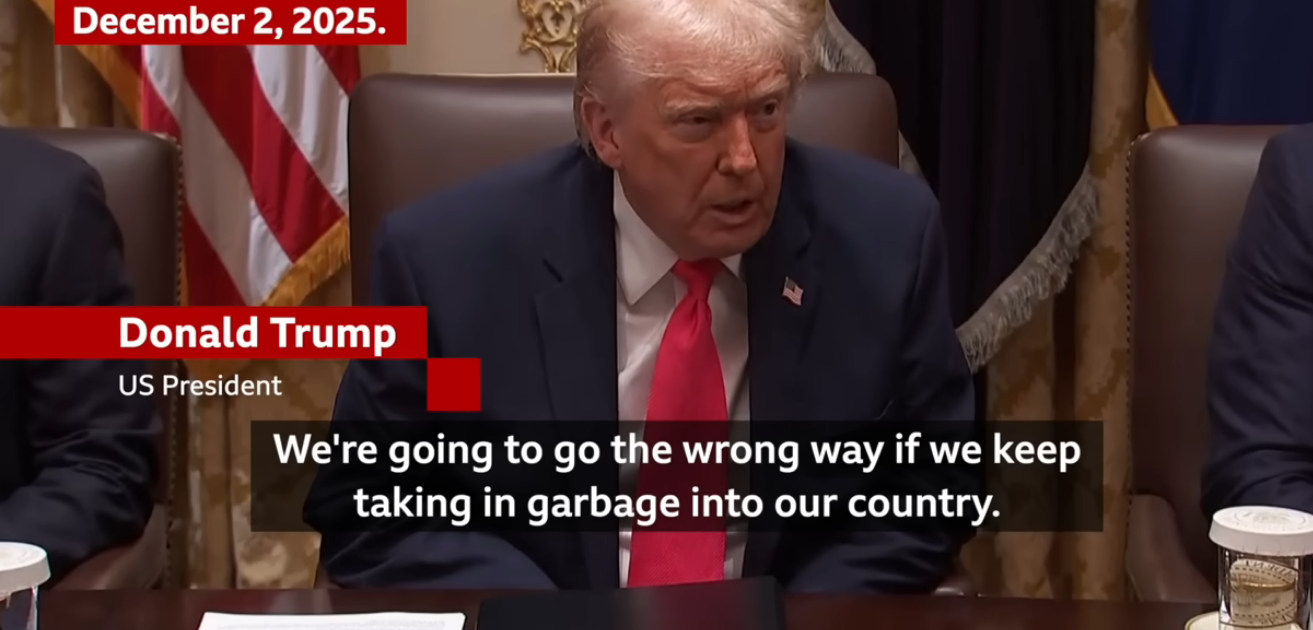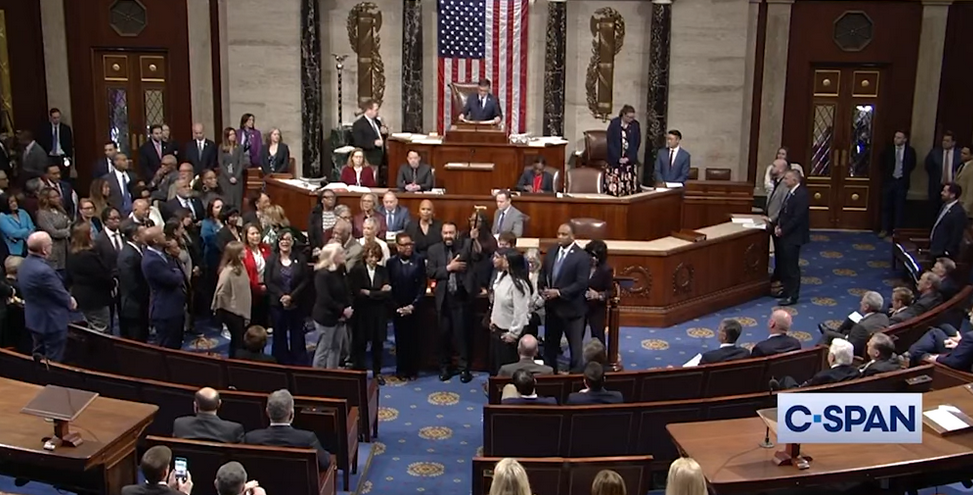On July 8, Taco Bell announced it would be partnering with Palo Alto based startup DoorDash to bring delivery service to over 90 cities and more than 200 restaurants throughout the Los Angeles, Orange County, Bay Area, and Dallas regions.
“Delivery is yet another example of how we’re using technology and innovation to respond to consumers’ wants and needs, further evolving the Taco Bell experience for customers,” said Taco Bell CEO Brian Niccol in a statement.
This announcement follows a series of changes the Irvine based company has made to cater to today’s consumers. In May, Taco Bell announced its decision to remove all artificial flavors and colors from their food by the end of 2015, a move that would impact over 95% of its food items.
So why all the big changes?
The millennial generation is largely responsible for a massive shift in consumer behaviors and attitudes when it comes to the fast food industry. Today’s consumers desire transparency, they want to know where their food comes from and what goes in it. They also desire on-demand, convenient food choices and are willing to pay a little more for a higher quality product, hence the success of fast casual restaurants Chipotle and Shack Shack.
With the millennial generation projected to make up approximately 20% of the US population by 2020, it befits fast food companies to pay attention to their wants, needs, tastes, and habits.
While Taco Bell is finding success in its ability to adapt to the changing industry, competitors such as McDonald’s and Subway are struggling.
Earlier this year, McDonald’s new CEO, Steve Eastbrook, was tasked with fixing the troubled brand. Despite the Golden Arches’ elimination of antibiotics in their chicken and introduction of a simplified menu, sales have continued to fall. This week CNN reported that the fast food giant saw a 10% drop in quarterly sales. McDonald’s stated these declines reflected “…negative guest traffic as the featured products and promotions did not achieve expected consumer response amid ongoing competitive activity.”
Meanwhile, once a champion of healthy fast food, Subway is finding it difficult to compete with Chipotle and Potbelly which advertise higher quality food with better ingredients. Today’s consumers’ definition and idea of healthy is very different than 20 years ago, and the consequences of not changing with the times are apparent.
Last year, Subway’s US sales declined 3.3%, the worst drop among the big fast-food chains. “We’re not cool with the millennials. We seem tired and old, and it’s hard to break out of that,” said a longtime Subway franchisee to Bloomberg Business.
With 80 million millennials in the US, this generation represents $200 billion in annual spending power. Traditional marketing and advertising tactics that have worked on previous generations have proven to be ineffective at attracting millennials. So, what’s the key to connecting with this population? A strong digital presence, transparency, high quality ingredients and products, and convenience.
Mary Chapman, Senior Director of Product Innovation at Technomic, told USA Today that Taco Bell’s new delivery service was a “smart move” as the fast food company looks to continue to serve the millennial population.
“We’re part of an exciting time – a food revolution,” said Taco Bell Chief Food Innovation Officer, Liz Matthews, in a statement. “…We are excited to bring new tools and the right information that is relevant to our fans today.”
Other fast food companies would be wise to follow suit, as it seems to be working.





